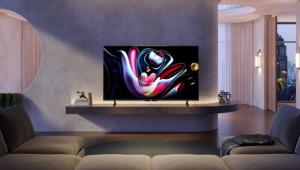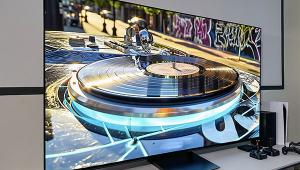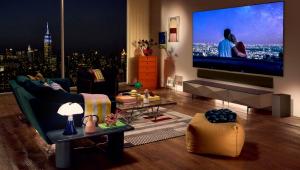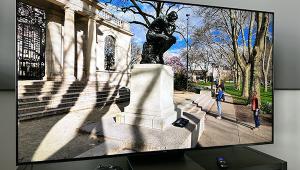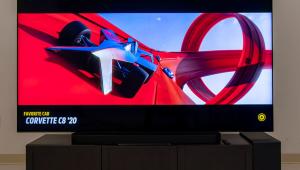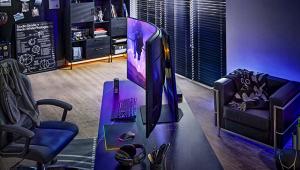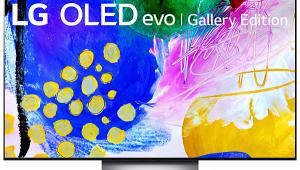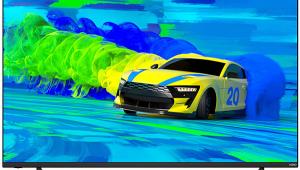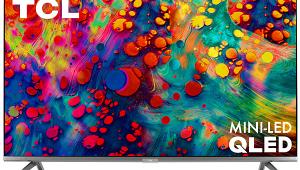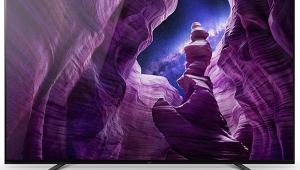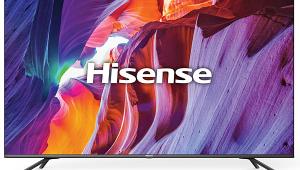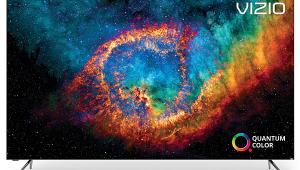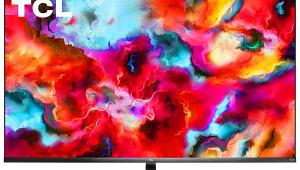Thomas, two years ago when you reviewed the Sony XBR55X900B you said that the Sony's local dimming is the best I've seen from an edgle lit set, perhaps the best. Does the 65X930D equal or surpass the 900B in your opinion?
Sony XBR-65X930D LCD Ultra HDTV Review Test Bench
Full-On/Full-Off Contrast Ratio: Unmeasurable
Measurements were made with SpectraCal CalMAN measurement software, Photo Research PR-650 and Klein K-10A color meters, and an AVFoundry VideoForge pattern generator. All were performed with a 1080p source upconverted by the set to 4K (3840 x 2160) in the Cinema pro Picture mode, 2D, and standard dynamic range.
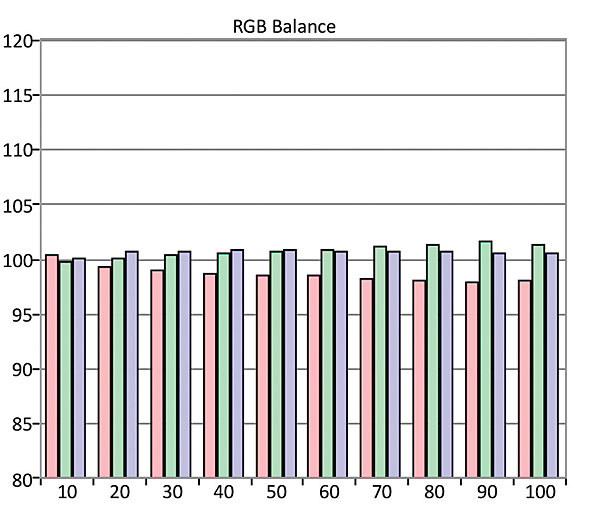

With the Black level control at 50, the Brightness (backlight) at 28, the Contrast at 60, the Gamma at –1, and the Auto local dimming on Medium, the measured peak white level was 34.9 foot-lamberts and the black level 0.000 ft-L (signifying that the LEDs turn off in the presence of a black signal, such as a fade-out between scenes), thus turning the screen totally black. When a small bright spot appears anywhere in that black field—such as a pause bug from my disc player in a corner of the image—that area of the screen lights up slightly. Our meter readings then toggled between 0.001 and 0.002 ft-L, resulting in (at an average of 0.0015 ft-L) a full-on/full-off contrast ratio (at center screen, where the measurement was taken) of 23,267:1.
With the set in its factory Vivid Picture Mode, the default settings of all the controls affecting screen luminance were at or near their maximum settings. Those controls were Brightness (backlight), Advanced contrast enhancer, X-tended Dynamic Range Pro, Live color, Color temperature, and Gamma (at 0, the only one short of its maximum of +3). The peak brightness in these settings measured 224 ft-L or 767 nits. While this is short of the 1,000-nit goal for HDR capability in an LCD set, this measurement was made on a 19% white window. On a much smaller white window, more typical of the bright highlights expected from an HDR source, the number could well be higher. There are seven gamma settings, from –3 to +3. With the control set to –1 and the Auto local dimming control on Medium, the total gamma averaged 2.22. The maximum was 2.31 at 90%, the minimum 2.17 at 30%.

In the Expert 1 Color temperature setting, the average pre-calibration grayscale Delta E was 2.41, with a maximum of 3.38 at 40%. Post-calibration, using the 2-point grayscale controls only, the average grayscale Delta E was 2.06, with a maximum of 3.34 at 30%. (Delta E is a figure of merit indicating how close the color comes to the D65 HD standard at each point in the brightness range. Values below 3—some experts allow for 4—are generally considered visually indistinguishable from ideal.) The color Delta Es for the (BT. 709) color gamut averaged 2.81, with blue the primary offender at 3.94. The Sony doesn’t offer a user-adjustable color management system for tweaking the color gamut.—TJN
- Log in or register to post comments


I'm interested in buying this TV but I've found two different versions of this model UC1 and UC2. I've been told that the UC2 has a better "chip" and offers billions of colors vs millions of colors. What do you guys know about this? The UC2 version sells for about $500 more.

